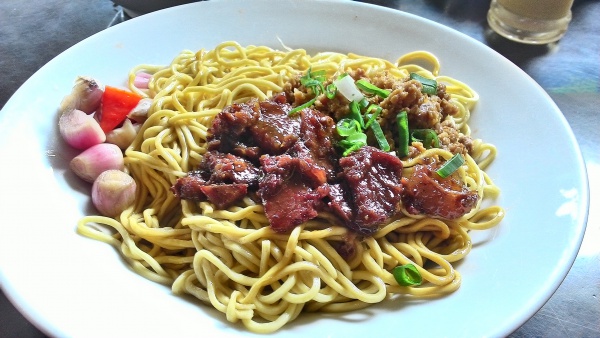Facts About Bakmi
Bakmi is a cherished noodle dish in Southeast Asia, especially in Indonesia, with origins tracing back to Hokkien Chinese immigrants. At its essence, bakmi features wheat-based noodles topped with minced pork or other meats, complemented by soy sauce and vegetables, all served in a savory broth.
Over the years, bakmi has evolved to suit local palates, resulting in delightful variations like mie ayam (chicken noodles) and mie goreng (stir-fried noodles in sweet soy sauce). The Chinese influence on Indonesian cuisine is evident in dishes such as bakmi, mie ayam, pangsit (wontons), mie goreng, and kwetiau goreng (stir-fried flat noodles). Bakmi bears a striking resemblance to Chinese noodles like lamian and mee pok, and the term "bakmi" has even permeated other languages, as seen in "bami" in Dutch.
In Indonesia, bakmi is typically made with yellow wheat noodles, sometimes enriched with eggs to enhance their richness. Considering Indonesia's predominantly Muslim population, the dish is often prepared with chicken instead of pork.
Bakmi is generally boiled and served with a variety of toppings and sides, including wontons and meatballs. Some versions involve stir-frying the noodles with vegetables, meat, and a blend of sauces. Throughout Indonesia, you will find diverse types of bakmi, each with its own unique preparation and flavor. Notable examples include Bakmi Bangka, Bakmi Siantar, Bakmi Jawa, and Bakmi Aceh.

 Timor Leste
Timor Leste